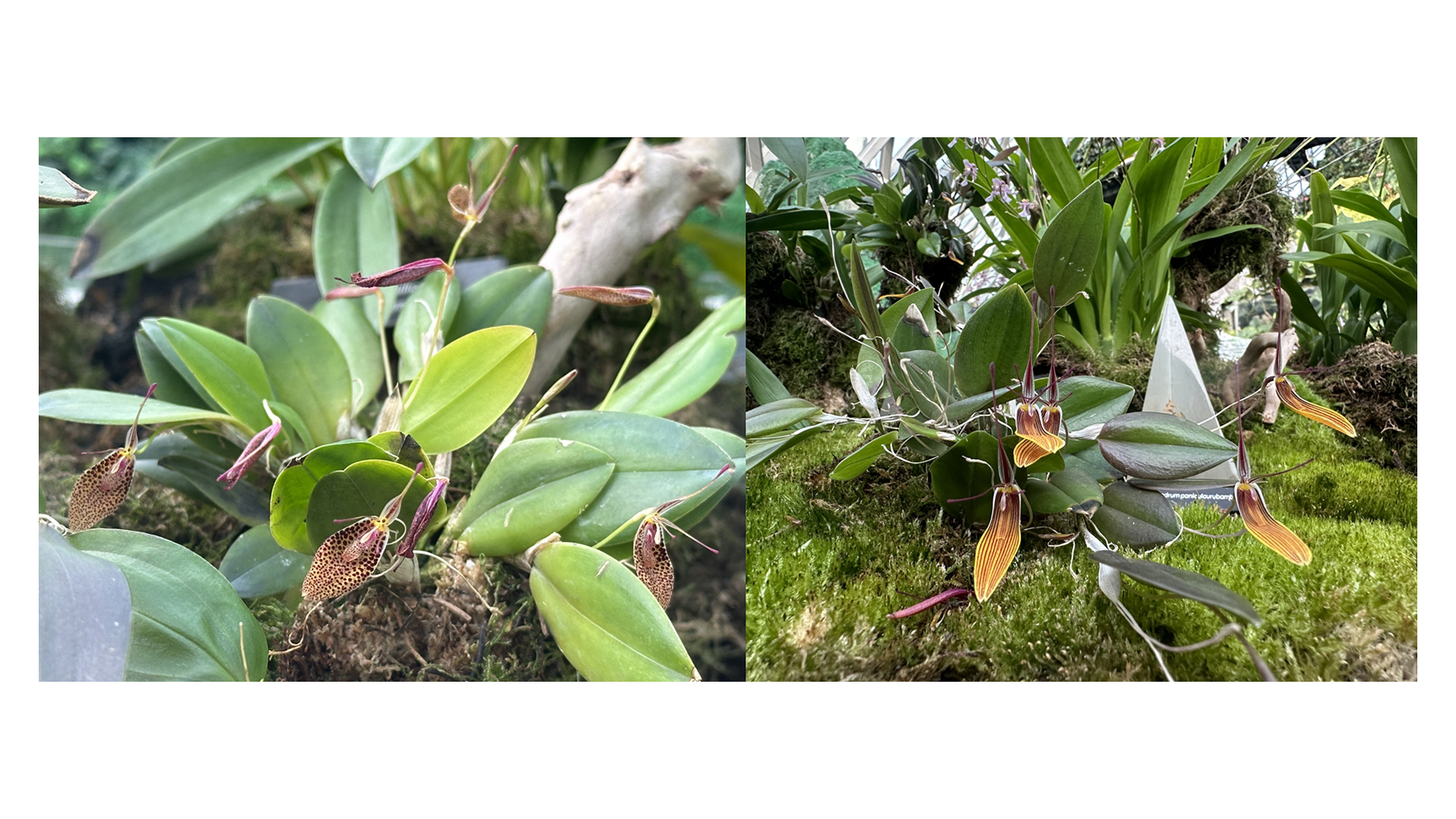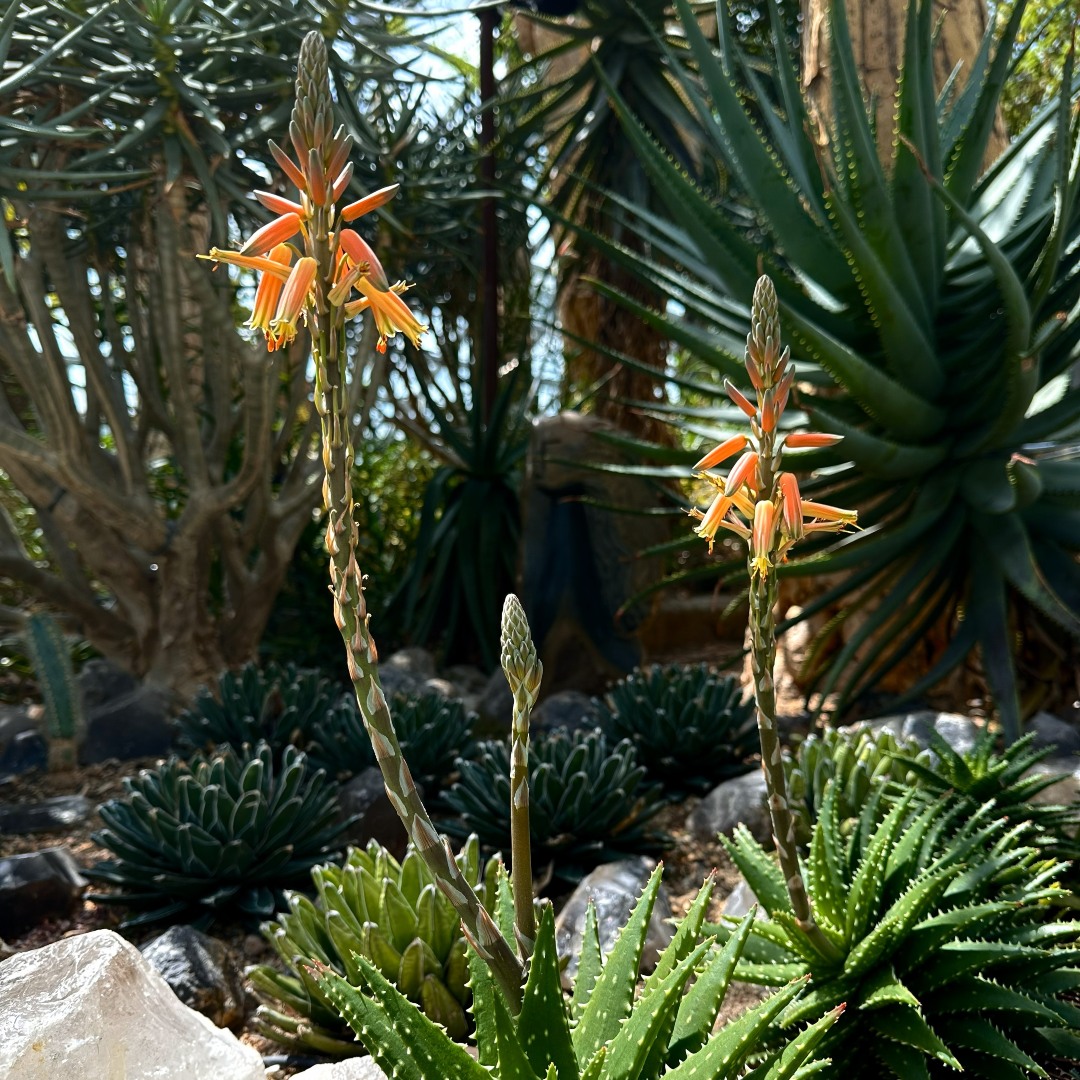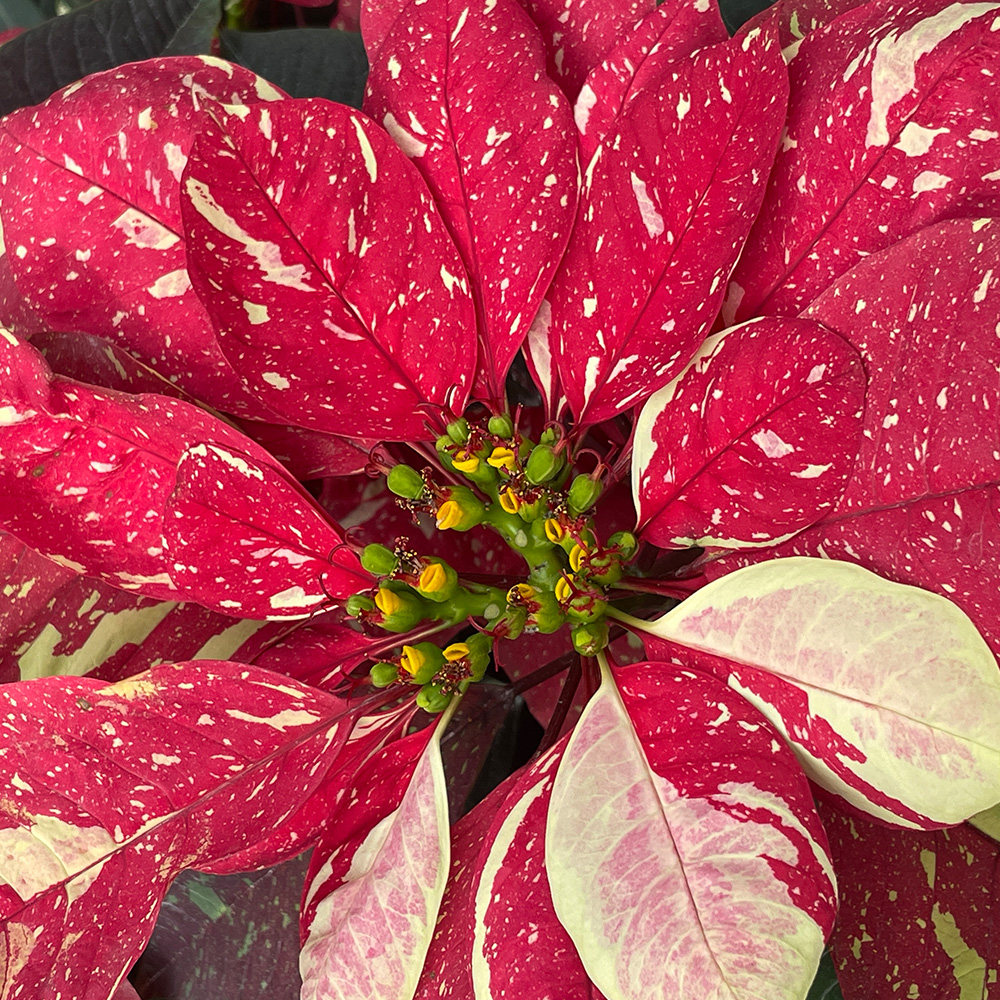Peony cultivars (Paeonia species, cultivars, and hybrids)
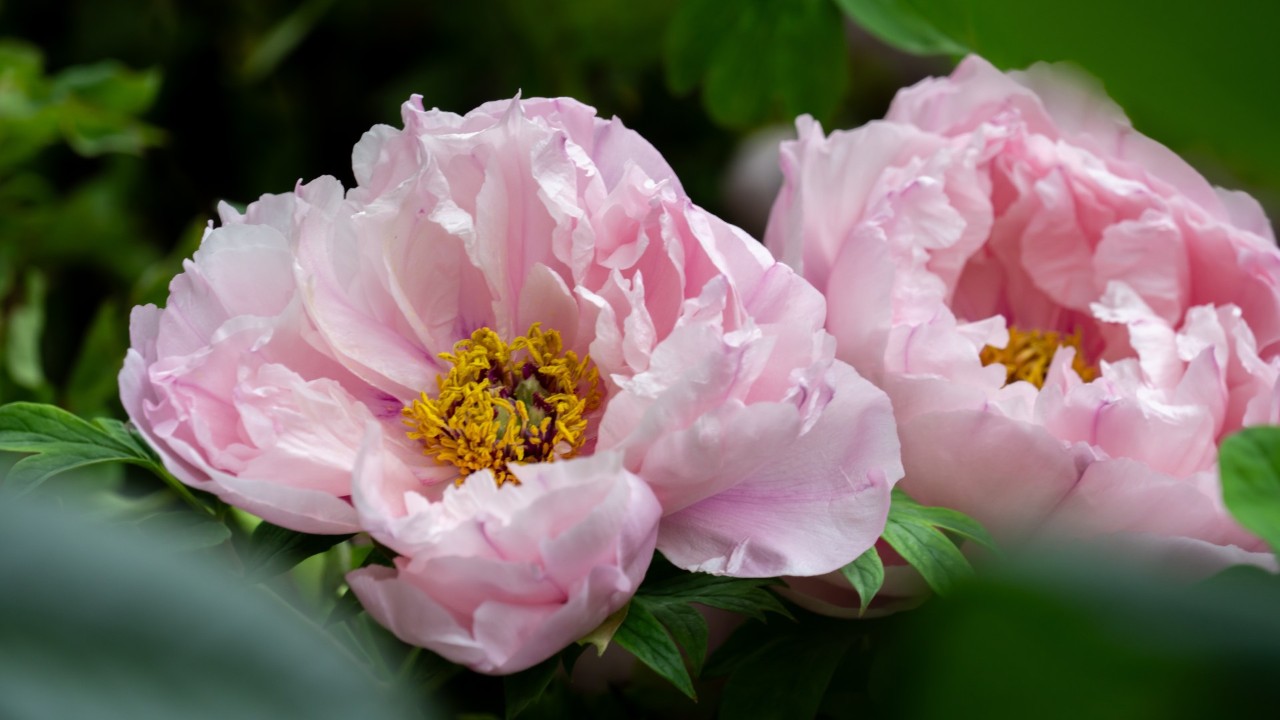
Paeonia is the only genus within the Paeoniaceae family, with more than 30 woody and herbaceous species and thousands of cultivars and hybrids. Woody-stemmed species, also known as tree peonies (species, cultivars, and hybrids of Paeonia section Moutan) are native to China and can grow up to 2 meters in height and bloom in early spring.
Perennial herbaceous species like the Chinese peony (Paeonia lactiflora) are much shorter in stature: around 0.6-1.0 meters in height. These grow from underground tuberous roots and bloom from the late spring to early summer. The Chinese peony is native to central and eastern Asia, from eastern Siberia and Tibet through northern China.
Through hybridisations, many successful cultivars have been produced, with double-petaled flowers ranging from white to shades of pink, purple, and red. On the flipside, the majority of wild peony species are now described as threatened or endangered.
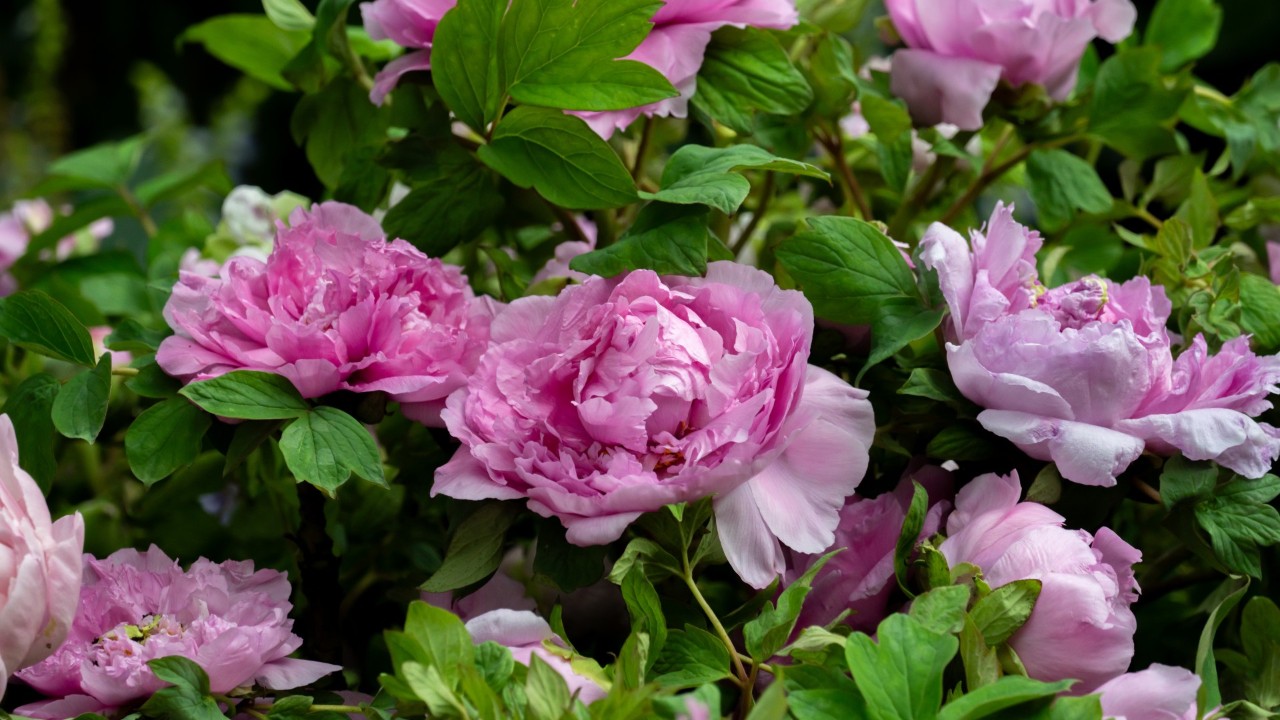 The tree peonies featured in our display are distinguished by their basal woody stems and large flowers which can reach up to 25-30cm in diameter.
The tree peonies featured in our display are distinguished by their basal woody stems and large flowers which can reach up to 25-30cm in diameter.
In China, peonies are regarded as a symbol of love and affection and have been in cultivation for over 1,400 years. Ancient Chinese poetry written as early as the 7th century BCE suggests that couples gave peonies to each other when they were dating and to express reluctance between lovers and a longing for their return. The tree peony is also known as the ’King of all Flowers’ in Chinese culture because of its large and extravagant flowers, up to 25cm in diameter! Peonies are not only a symbol of love; they also represent prosperity, wealth, honour, aristocracy, and feminine beauty.
In addition to being a popular ornamental flower, peonies are also used in Chinese medicine. The root of the Chinese peony is said to produce anti-depressant, anti-inflammatory and immunomodulatory effects. It is used in Chinese herbal medicine to treat depression-like illnesses, arthritis, systemic lupus, and other illnesses for more than 1,200 years. In traditional Chinese medicine, the root bark of tree peony is also credited with medicinal properties, including improvement of blood circulation, treating fever, and healing ulcers.
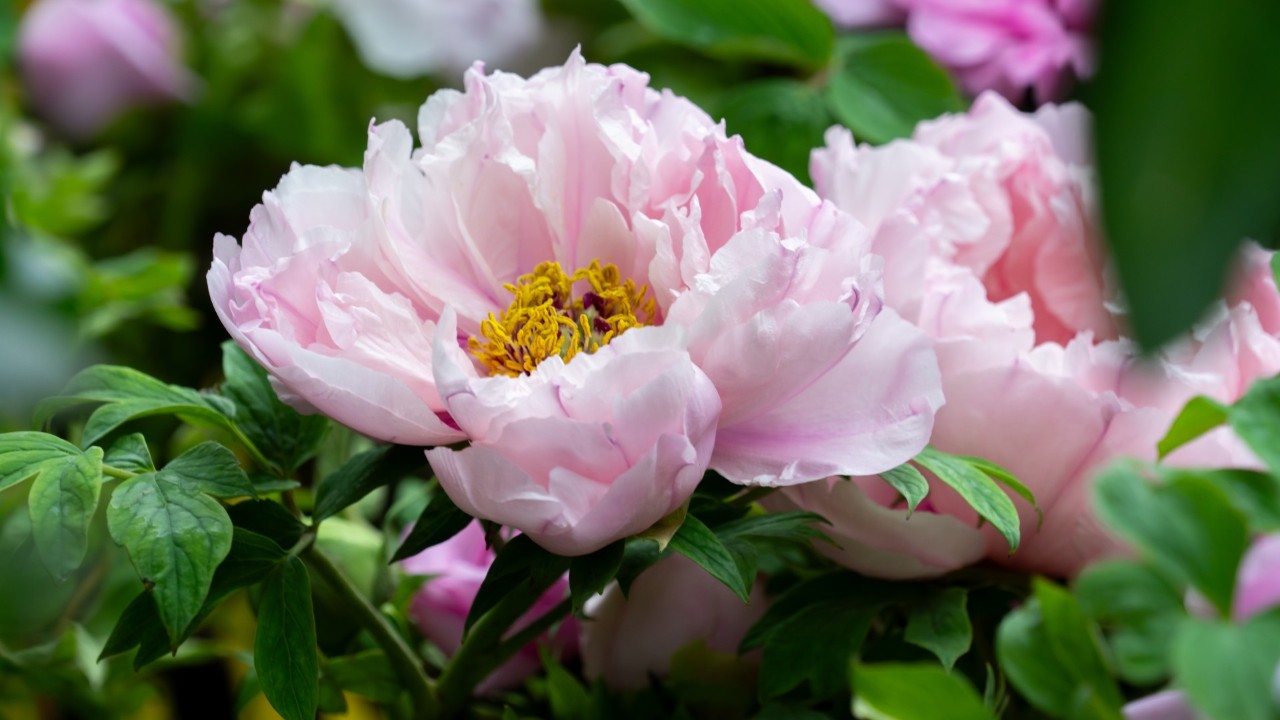 Similar to rose (Rosa species and cultivars), most popular cultivars of tree peony are almost all of the semi-double or double-flower type, bred to have larger flowers with extra petals – sometimes over a hundred! – due to the partial conversion of stamens into petals. In contrast, wild populations of Paeonia display single-flower blooms with only 5-15 petals.
Similar to rose (Rosa species and cultivars), most popular cultivars of tree peony are almost all of the semi-double or double-flower type, bred to have larger flowers with extra petals – sometimes over a hundred! – due to the partial conversion of stamens into petals. In contrast, wild populations of Paeonia display single-flower blooms with only 5-15 petals.
In modern day, peonies are a popular flower used in floral arrangements and bouquets due to their soft ruffled appearance and sweet fragrance. If you are planning to gift some peonies from the flower markets to your loved ones, select flower buds that are between slightly firm to soft for maximum vase-life. Buds that are too tight and hard to the touch may be slow to bloom or fail to open at all. Cut peony flowers have a vase life of up to 5 days if optimal care is provided by keeping them in cool temperatures with water changes every other day.
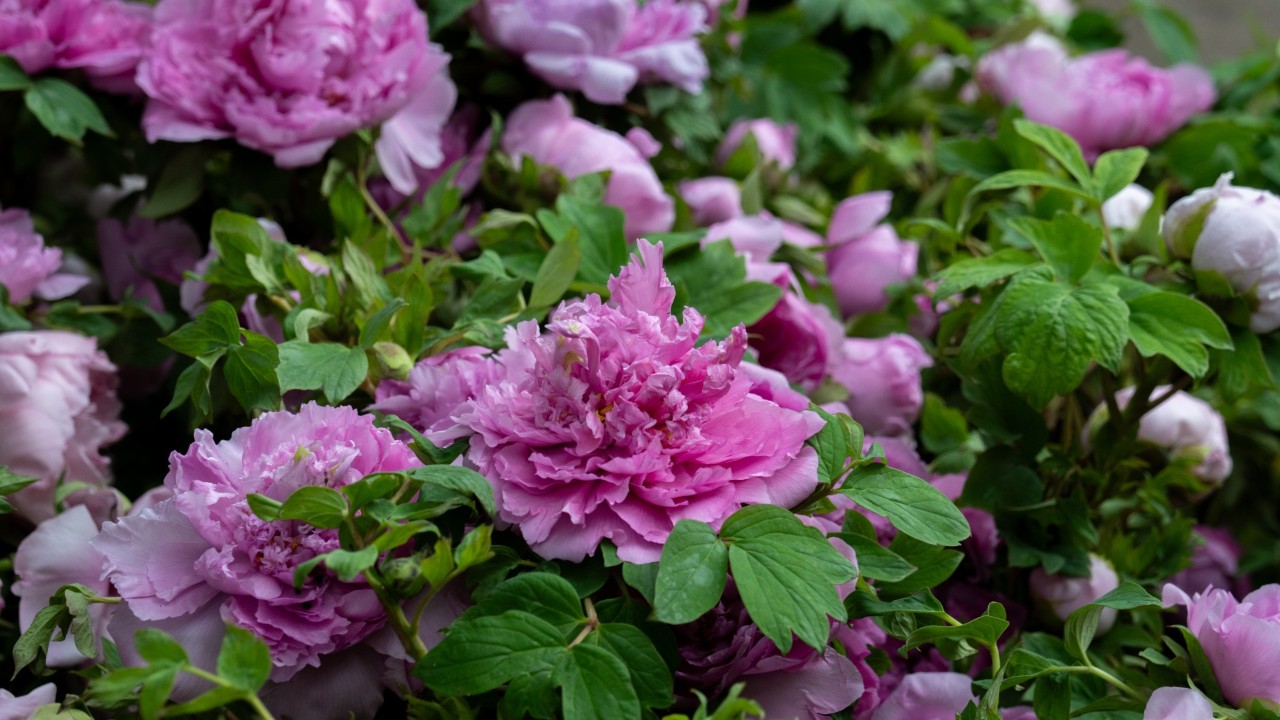
If you would like to check out some peony cultivars in their natural form, do come and find them in our current Dahlia Dreams: Legend of the Dragon Gate floral display in the Flower Dome!
Written by: Sharifah Osman, Senior Manager (Research and Horticulture)
As an avid flora photographer, Sharifah is consistently curious about the natural world that surrounds her. So much so that she eventually pursued a career in horticulture while dabbling in botanical art and photography during her free time.
